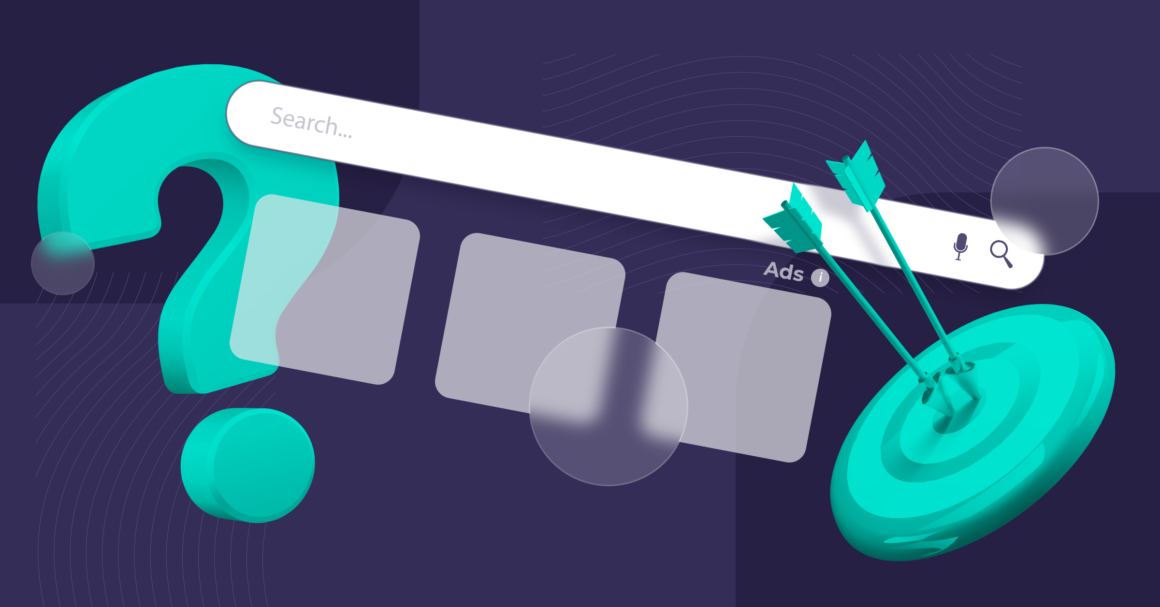Search advertising has been the industry’s go-to strategy for a long time now. Some advertisers perceive it as the most intuitive form of marketing, and it has been widely used by numerous brands. But there is a plot twist.
As the Internet grew and user behavior online changed over time, it became clear that search ads can no longer be based on one’s luck and hunch. The decade-old strategies are not effective anymore, and experts have to put much more effort into search ads in order to elevate their success rate.
Also, more and more often, some disappointed marketers’ voices could be heard behind the scenes. Why? It appears that in an era of increased focus on precise targeting, the market’s preeminent search engine advertising solutions like Google Ads have major limitations.
In this article, NewProgrammatic names major search advertising restraints and shows how alternative ads solutions could help marketers handle search advertising in 2022.
Single-line search engine advertising campaigns and strategies
A common marketing technique and really valuable practice for everybody in the search ads market industry is to try diversifying strategies for search and display ads.
Google search engine results pages are of course an immensely valuable source of both organic and paid traffic, but are certainly not the only tool that can be used to reach new audiences. Experienced advertisers have noticed that a long time ago, and they do not limit their actions to just one form of reaching internet users in their search results.
It is best to differentiate paid search advertising campaigns
It has been proven a long time ago that online advertising bears the best fruit (with the best online sales conversion rate) when approached with caution. Programmatic solutions help advertisers and brands by allowing more control over targeting parameters and bringing in a much-appreciated first-party data processing. What is also essential, is the fact that with this kind of tool, a brand can display ads on more niche-oriented search engines with a better chance of challenging their competition.
The broad and versatile operation brings beneficial intel to any marketing team. It helps determine which platforms, what keywords, and what configurations bring the best conversion rates and the highest ROI. This of course requires some increased ad budget, but such knowledge coming from a trial and error method could only become advantageous.
Most popular search engines can be too competitive
As these are the tools that offer the widest reach and the biggest audience, most brands, and companies want their campaigns to do the best in their paid search advertising offers on Google, Yahoo, Apple, or Bing. This is a completely understandable approach, but it works best on two occasions.
When do paid search ads work best?
- When a company has close-to-unlimited advertising resources and could bid really high for a search ad placement. Most advertisers are not global market leaders and have no possibility of investing millions into search ads campaigns. This creates a situation where it is almost impossible to compete for a paid ad placement against the biggest brands on the most common keywords.
- When a brand is niche-oriented. Most marketers discourage their brands from using generic keywords so that they do not have to compete against monopolists. Targeting very specific keywords is of course a practice that is increasingly gaining importance in the online marketing world, but it could be done also outside Google Ads, Yahoo Search Marketing, or Apple Search Ads. By using custom programmatic search ads exchange platforms, a brand can get access to specialized vertical search engines, niche-oriented queries, and intent-based traffic.
This allows brands to avoid standard SERP competition, as well as gives them a way to reach a user who is already purchase-driven. This type of audience is certainly first-class, as ad-receivers are already convinced to buy.
Giving the precisely targeted user an answer as to where to make a purchase will only become an asset. In this case scenario, the online advertising process and conversion funnel cease to be an unwanted necessity for the consumer. It actually becomes a much-needed helping hand.
Bigger ad spend means better search advertising results
The wider reach that most popular search engines offer elevates the CPC. Therefore, if any brand or marketer wants to increase their paid position in the most popular SERPs, budget adjustments are going to be a necessity.
It is also very important for any marketing team to remember about organic traffic. Organic search engine results bring new customers as well, attracting them via unpaid search results. Although major focus tends to be focused on programmatic advertising, the proper application of traditional SEO rules will only increase the brand’s chances of obtaining new users.
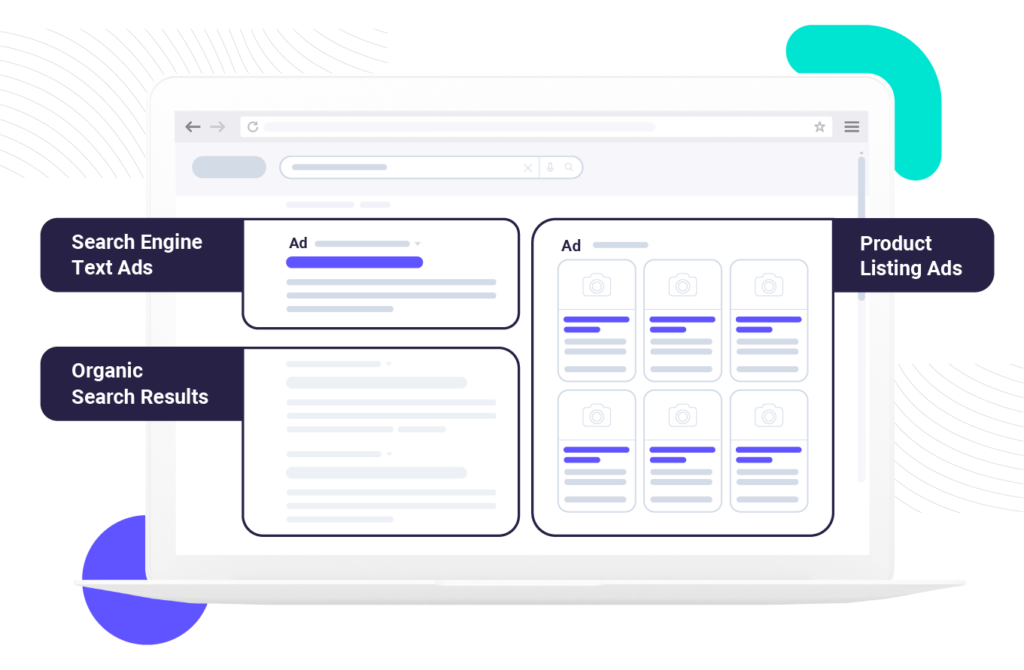
Changing users’ preferences and expectations
Every user of Google, Apple, Yahoo, Bing, or any other popular search engine should be familiar with how search advertising works. Some years ago this was not the case but as Clutch.co’s study suggests – currently 80% of search engines users are able to recognize paid placements in their SERPs.
Every brand and each marketer should be cognizant of these online search advertising trends in users’ behaviors and preferences. As the audience is aware of how they are being advertised to online, the changes in how online marketing is approached by advertisers are a necessity.
Modern user appreciates the facilitation of processes
What marketing specialists can do to increase their audience’s engagement while satisfying their expectations, is to answer to UX trends that are gaining importance. A modern Internet user expects to receive personalized ads that are actually helpful.
Therefore, by using custom programmatic solutions, advertisers are able to achieve a few goals at the same time. With browser-inserted tiles or search queries autocomplete, their audience becomes grateful for not having to go through multiple search results proposals.
Google search ads are, of course, immensely important, as they operate within the most popular search engine on Earth. The California-based company was responsible for more than 85% of desktop search traffic in 2021, and its advertising revenue reached $209.49 billion last year. When compared to 2020, it’s a 149% revenue growth. But all this does not mean traditional search advertising options should be the advertisers’ focal point.
In fact, increasingly more users try to skip the traditional SERPs, and would much rather be given a precise proposal while still typing their search query. What gives satisfaction to this type of user, is the fact that they are presented with an answer right away, without having to put much thought into the process. This is a result of the fact that currently humanity is being overloaded with information, and seeks facilitation wherever it is possible. A traditional top-of-the-page paid proposal actually becomes outdated in this case scenario.
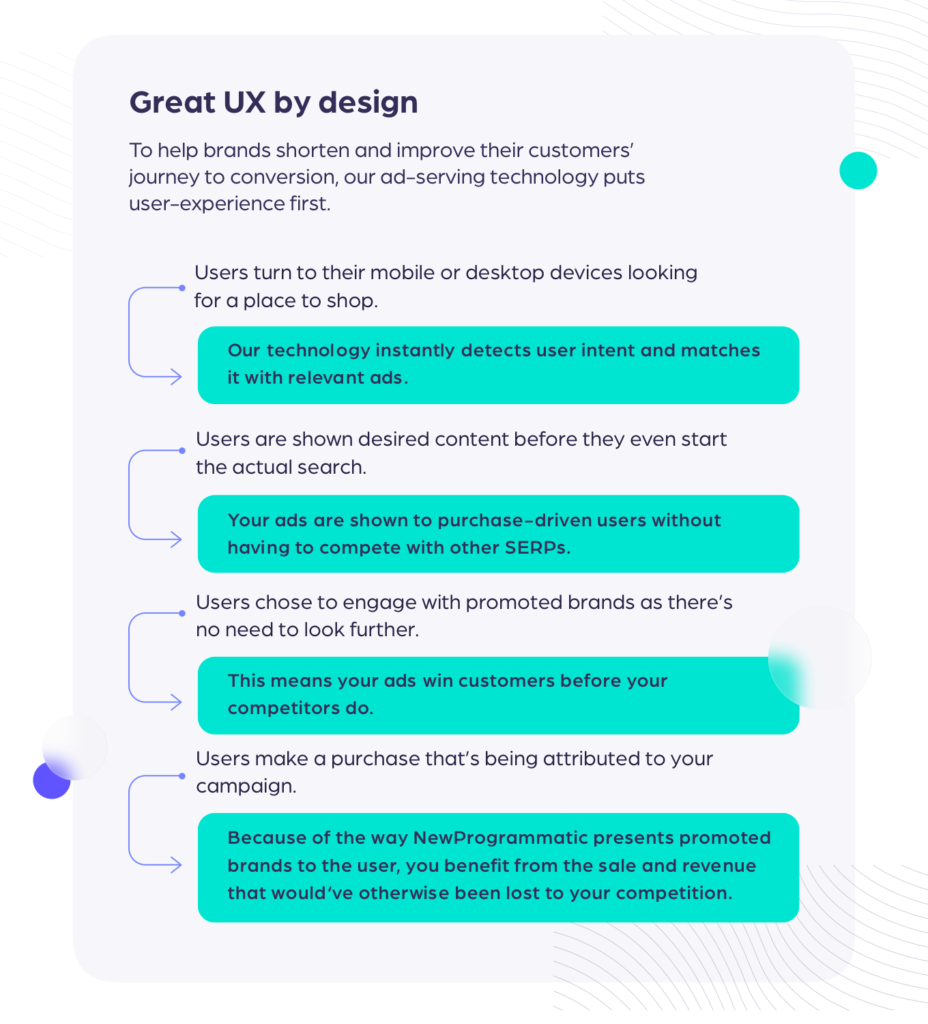
Too broad of an audience
One of the most common mistakes of rookie advertisers is trying to reach every user out on the Internet without considering the actual targeting. This approach is destructible for the campaign, and it is a relict of the past times when marketing did not have the tools needed for precise audience picking. Nowadays, the industry understands that narrowing down the audience, alongside contextual targeting, is the most important factor of a successful campaign.
With custom search campaigns on NewProgrammatic, it is possible to increase the conversion rate and the ROI.
Intent-based targeting allows brands to display ads more effectively
To keep the highest standard of online paid search advertising, the brands need to remember how to safely, yet efficiently, find the best-fit users for the purposes of their campaign. Only thorough research and analysis of market data will effectively allow advertisers to narrow down their targeting.
The context of this targeting is also a very significant element of any marketer’s agenda. Experience shows that modern users are more likely to convert when they are satisfied with the circumstances in which they receive an ad. In terms of traditional programmatic display ads, this means that a product or a brand needs to be advertised in a contextually similar domain. With a search advertising campaign, the main point of focus should be making sure that it provides the exact answer to what the user expects to receive.
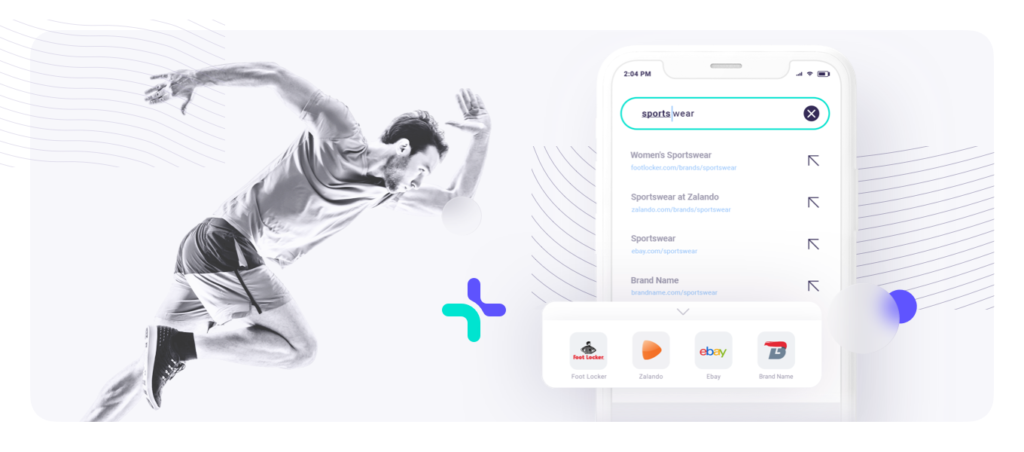
Too many choices for the users
This is another aspect of why most popular paid search campaigns fail to meticulously extract the best-converting audience. The broadness of these search engines’ reach (like Bing Ads or Google Ads) becomes the reason they are unable to specify their audience in other ways than with proper keyword combinations or geographical and demographic filters.
This once again brings the topic of immense competition in the traditional Google Ads market. What an advertiser can not do there, as precisely as with programmatic custom solutions, is to safely and effectively analyze users’ behaviors and preferences based on the first-party data they provide.
Programmatic solutions can access vertical search engines
Modern users tend to pay increased attention to the comfort of their searches. The last few years have shown the whole industry, that vertical search engines will play an incredibly important role in the future. Current user preferences include highly-specific and accurate industry-oriented searches that allow them to save time and limit unwanted results.
By reducing the search results pages to only those offers that really match users’ preferences, the audience manages to facilitate the buying process. Whenever a user decides on a purchase, they can use a particular search engine to receive the best fitting results. This gives advertisers and brands a perfect opportunity to utilize those for advertising purposes.
As the audience is more willing to share their behaviors and data with a safe operator, it is very easy to find purchase-oriented users and accordingly answer to their needs. As they already know their expectations, as soon as they are presented with the right proposal, they will not waste their time.
By carefully selecting only the best fit for users, a brand can impressively increase its conversion rate and ROI, while being fully compliant with users’ expectations.

Household names are in favor
With Google Ads (formerly known as Google Adwords), as well as with other leading search ads networks, it has been proven that a user is more likely to click on a paid suggestion if they recognize the brand. While this is heavily beneficial for creating a brand’s presence in the audience’s subconsciousness and thus gaining a better market position, it creates an uncomfortable situation for smaller advertisers.
Depending on a platform and ad format, the audience is 26% (Google Ads) or even 33% (Amazon and YouTube) more likely to get involved with an advertised brand that they are familiar with. These are the conclusions that could be found in Clutch.co’s research about the online marketing industry.
How can a brand get ahead of the competition in search advertising?
With this in mind, brand owners should be aware of the fact that unless they are big, household names in their industry, they could struggle with outperforming the competition. But there is a way of avoiding this uneven duel – omitting users’ SERPs and directing the audience to a landing page right away.
This is exactly what custom programmatic search advertising campaigns offer. By winning a bid on a highly specific keyword selection in a vertical search engine, a brand can be proposed to a user before they finish typing the query. Should they be interested in what they were offered, they will use the suggestion without searching through the search engine result page.
It allows a brand to become a well-tailored proposal for a specific user without the necessity to compete for their attention.
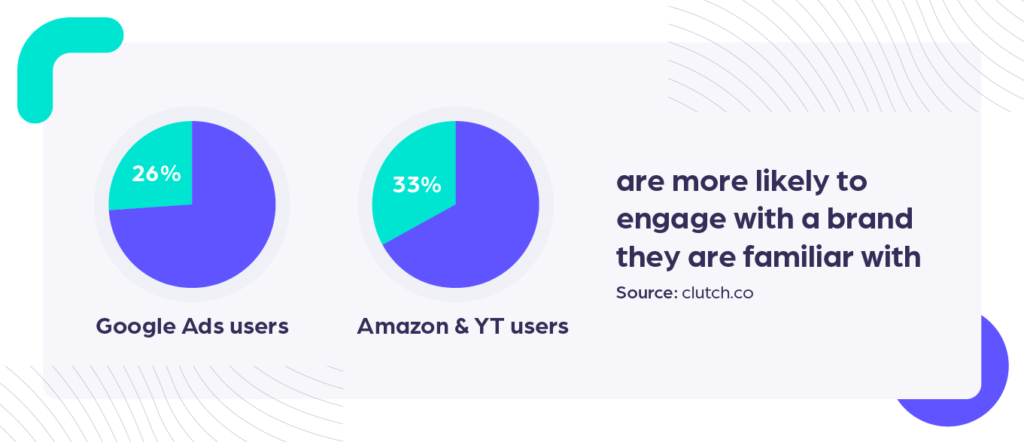
A good idea may not be enough
A study showcases the two factors that have the biggest influence on whether an audience member gets involved with an ad or not. The first one has already been mentioned, and it is the familiarity of a brand’s name. The latter is whether the proposed paid result answers the query or not. But the whole process is still a lot more incidental than marketers would want it to be.
With this kind of knowledge, any brand or marketer should take into consideration everything they can do, to increase search ads’ effectiveness. If an audience member is actively searching for a product or service, the advertisement should become the offer they can not leave unanswered. That is why a user-friendly optimization of campaigns is another good practice for a successful campaign.
Some advertisers struggle with competing for ad space
Although the most commonly used search engines offer the widest reach, not every advertiser will benefit from them to the fullest extent. Programmatic advertising has already proven that a random, but broad users scope is far less effective than a well-thought and narrowed-down targeted audience.
To make sure that campaigns stay as effective as possible, marketers need to understand how to overcome trouble with the limitations they encounter. Thankfully, alternative programmatic solutions, although not mainstream, could help outperform their competition.
NewProgrammatic offers a range of functionalities that can boost every brand’s online performance. These include edge-cutting Tiles Suggestions and Search Autocomplete options.
A focus on keywords
The best advertisers on the market use all their experience to find out which keywords will fit best the product or service. There is always a potential of boosting the campaign’s reach and conversion rate, but there is an expert needed to untangle the results.
As with major search advertising solutions, it is demanding to challenge the competition, custom programmatic search ads work just perfectly. Targeting certain keywords alongside thoughtful contextual targeting and an intent-based approach toward users not only helps marketers boost their ads but also adds up to a positive brand image. A modern customer will appreciate pertaining to the highest standards. At the same time, it will benefit brand safety, which is a greatly emphasized topic in 2022.
This is why, although the idea behind the advertised product or service may seem brilliant, effective marketing demands much more than this.
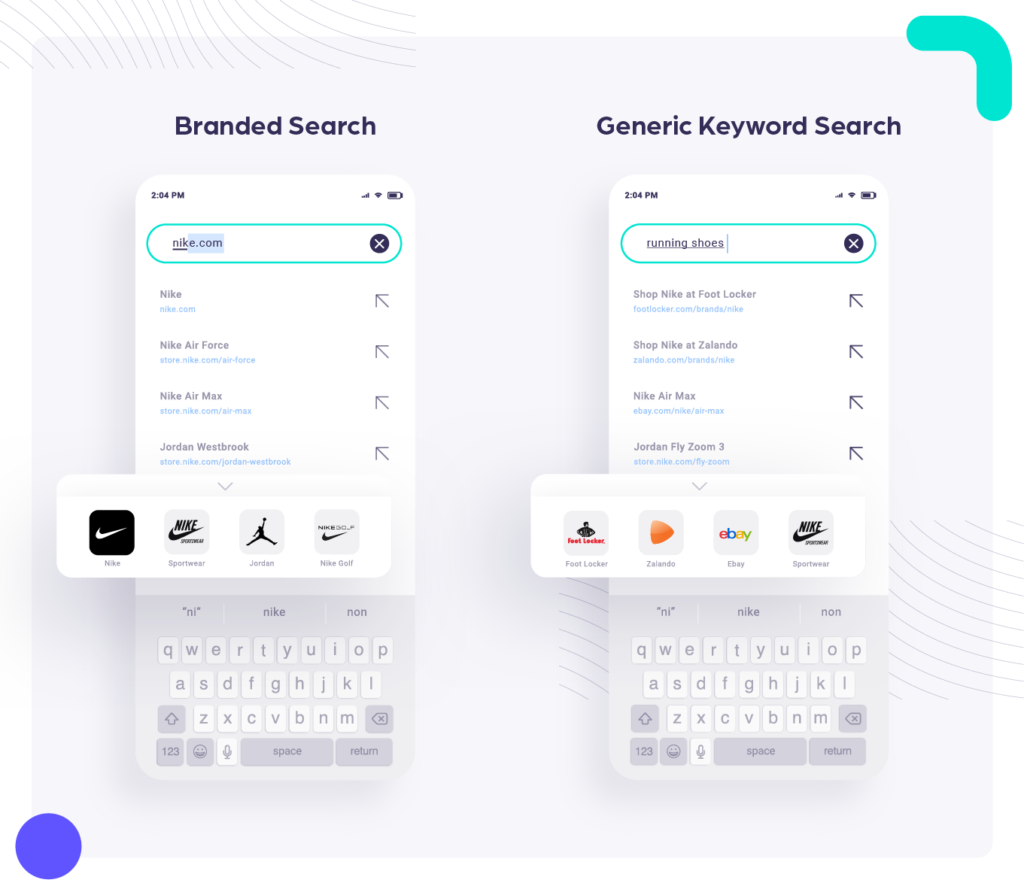
Conclusions
It turns out that what could be the answer to those advertisers’ problems, is the custom programmatic advertising solutions. As search engine marketing will not lose its relevancy in the years to come, it is a great practice for everyone in the industry to use non-mainstream programmatic tools.
Relying on the most popular search engines could become a trap for advertisers who do not want to exceed their ad formats portfolios. Marketers need to follow the latest trends and expand digital marketing possibilities towards less popular, but possibly more efficient programmatic tools.
Book a NewProgrammatic demo and find a way out of the most common search advertising problems.

